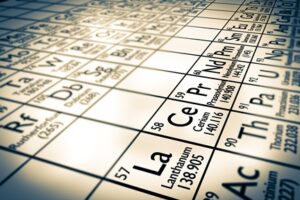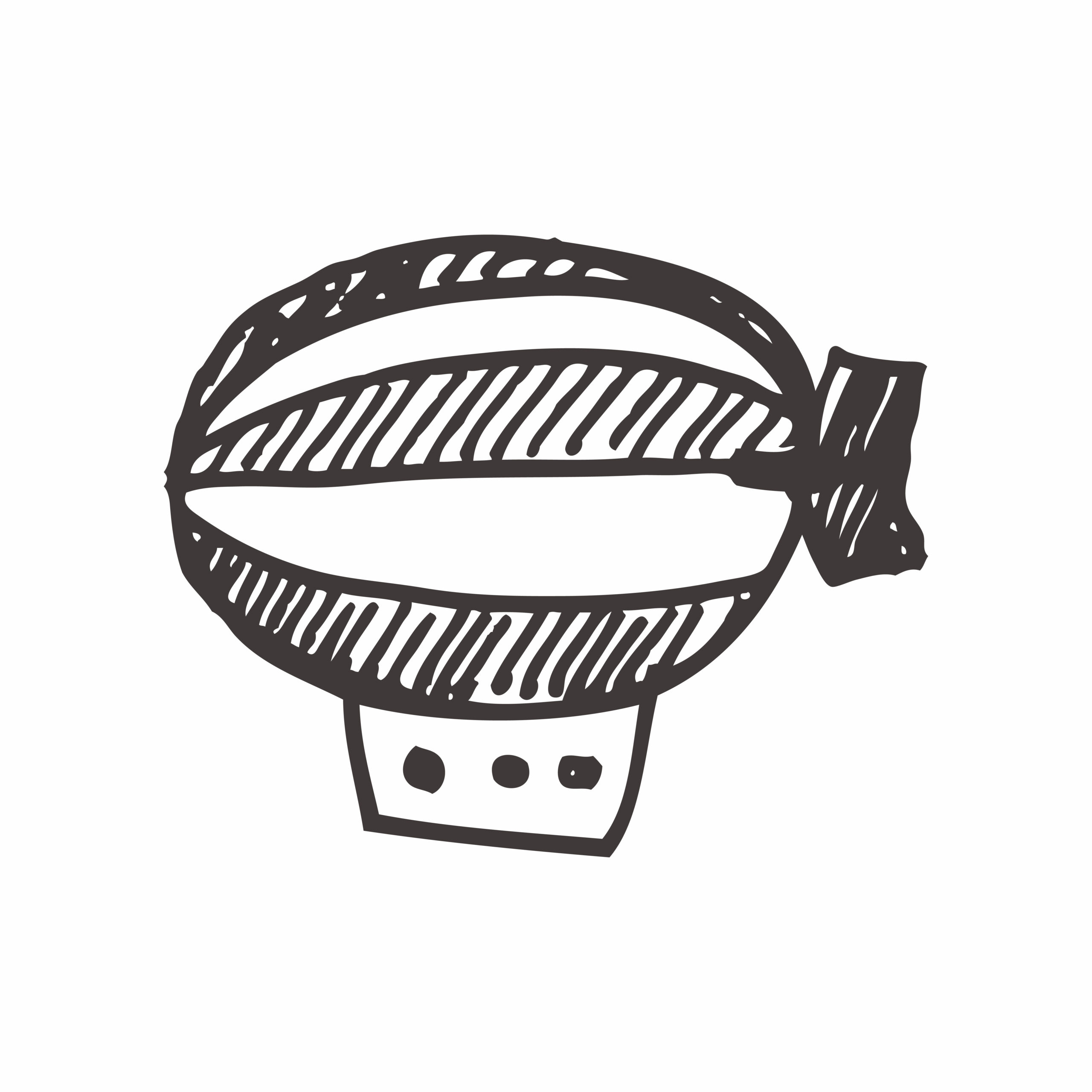Chemist Antoine Laurent Lavoisier is a famous name in the history of chemistry. He is well-known for naming oxygen, and for explaining what happens when substances burn in air. His ideas caused a revolution in the understanding of chemistry. Unfortunately, Lavoisier lost his head in 1794 during the Terror that followed the French Revolution, dying before his ideas became widely known. His new theory of chemistry was spread by his wife, Marie Anne, and some of his fellow countrymen. One of those was the chemist Louis Bernard Guyton de Morveau, who died in 1816.
De Morveau was born in 1737 in Dijon, France, as Louis Bernard Guyton. His father was a lawyer and he trained in law as well, joining the regional “parliament” in Dijon as a public prosecutor in 1762. He added “de Morveau” to his name from a property he owned to improve his status. He joined the Dijon Académie des Sciences, Arts et Belles-Lettres where he became interested in chemistry. He taught himself from textbooks and in 1768 built a laboratory in his new house. As the years passed he became more and more involved in chemistry…
Like most, if not all, scientists of his time, de Morveau believed the phlogiston theory of combustion. This said that when a substance burns it gives out a substance called phlogiston leaving an ash called a calx. By this time, it had been noted that the calx formed when metals burned weighed more than the metal. De Morveau, like others, devised experiments that attempted to explain this observation, but the conclusions were confused.
In 1775 de Morveau visited Paris and met Lavoisier, who had just completed his experiments on combustion. Joseph Priestley in England had made a gas he called dephlogisticated air. Lavoisier showed that it was this gas that was used up when substances burned. He called it oxygen. De Morveau was convinced by the evidence that Lavoisier presented to him and, although he was reluctant to abandon phlogiston completely, he soon became a supporter of Lavoisier’s new system of chemistry.
By this time, de Morveau was a leader of the Dijon Academy, giving lectures and writing articles and books on chemistry. He had become very dissatisfied with the old names for substances. Names such as Oil of vitriol, sal ammoniac, hartshorn, and Glauber’s Salt had been used for centuries and had no pattern to them at all. De Morveau was asked to write a new textbook of chemistry and this gave him the opportunity to work out a new system of names. He said that simple substances (which we call elements) should have simple names and compounds should have names that refer to the substances from which they were made. In 1782 he published his proposed names but they didn’t get included in the first parts of the Encyclopédie méthodique, chymie that he was writing.
De Morveau was also involved in many applications of chemistry. These included the use of coal for making iron (which was already common in Britain but not elsewhere), the manufacture of saltpetre (potassium nitrate) used in gunpowder, a method of making soda (sodium carbonate), the production of light gases for balloons, and the production of zinc oxide as a replacement for poisonous white lead in paint.
In February 1787, de Morveau made another trip to Paris – this time staying for seven months. He spent a lot of time with Lavoisier and realised that his new theories of chemistry must be reflected in the substance names. De Morveau collaborated with Lavoisier, and two other French chemists, Claude-Louis Berthollet and Antoine Francois de Fourcroy to write Méthode de nomenclature chimique. This publication introduced many of the names for chemicals that we use today such as hydrogen, oxygen, sulfuric acid, and copper oxide.
In 1789 De Morveau joined Lavoisier and his other colleagues in publishing a new, regular magazine: Annales de Chimie. Articles which supported Lavoisier’s ideas were published in the magazine and it became one of the leading chemical publications of the time.
Another event began in 1789 – The French Revolution. While Lavoisier was a hated tax collector and was eventually led to the guillotine, de Morveau supported the revolutionaries. He joined the revolutionary government and voted for the execution of King Louis XVI. His views were less extreme than the revolutionary leaders and he left the government when the Terror began, somehow managing to stay alive. He gave up all involvement in politics in 1797. A year later he married a widow, Mme Picardet, although they never had children.
During chaotic times, de Morveau devoted himself to chemistry. He was a founding professor of chemistry at Ecole Polytechnique which became one of France’s top universities and whilst there he continued to promote Lavoisier’s new system of Chemistry. He advised the Emperor Napoleon on chemical matters and was appointed as administrator of the mints that produced the official coins. He investigated disinfectants, particularly to remove the smell of decay from air (at first he used hydrogen chloride gas but later found chlorine more effective). He wrote a book about his investigations which included a simple method for preparing chlorine, for which he was honoured and made a Baron.
After Napoleon was defeated at the Battle of Waterloo, de Morveau retired but unlike others who had supported the Revolution he was not sent in to exile. This may have been because he was ill as he died six months later in January 1816.
New ideas can fade away if they are not supported and shared. Mendeleev had supporters for his Periodic Table and Charles Darwin had his backers for his theory of evolution by natural selection. Once Lavoisier had lost his head it was followers like Guyton de Morveau who helped the new system of chemistry get acceptance across the world. Though De Morveau made no astounding new discoveries of his own, he deserves to be remembered for the part he played in making chemistry the science it is today.
Tasks
What were the new names, still used today, for
(a) oil of vitriol,
(b) dephlogisticated air
(c) lead calx
What do you think went through De Morveau’s head when he met Lavoisier for the first time in 1775?
Lavoisier was much more well-known than De Morveau. Why did Lavoisier die following the French Revolution and de Morveau survive?
In what ways did de Morveau help to spread Lavoisier’s new ideas?
De Morveau was also involved in the iron and steel industry, in the production of gunpowder and disinfectants. Why was his knowledge of use to Napoleon?
“Scientific progress comes from the brains of lone geniuses”. Discuss why you think this statement may be true or false.
Bibliography
- Guyton de Morveau, Louis Bernard
http://www.encyclopedia.com/doc/1G2-2830901786.html
- Louis Bernard Guyton de Morveau
http://www.britannica.com/biography/Louis-Bernard-Guyton-de-Morveau
- Elements of Chemistry, Lavoisier, pub. Dover
- Oxford Dictionary of Scientists, pub.OUP
By Peter Ellis





